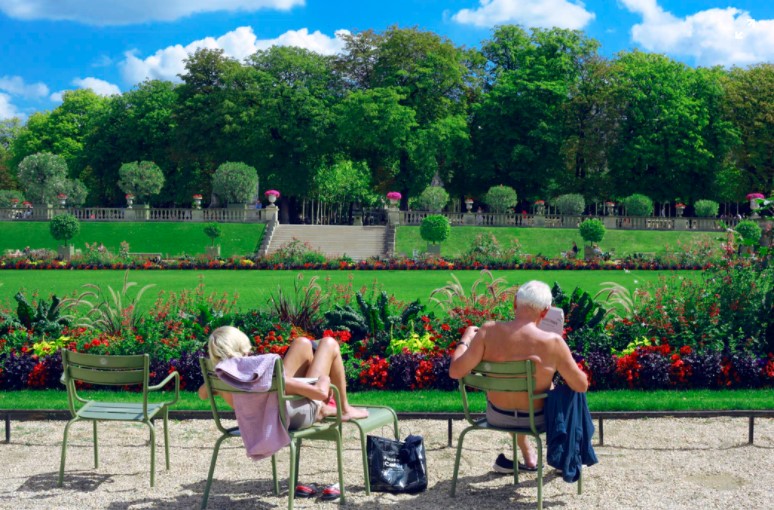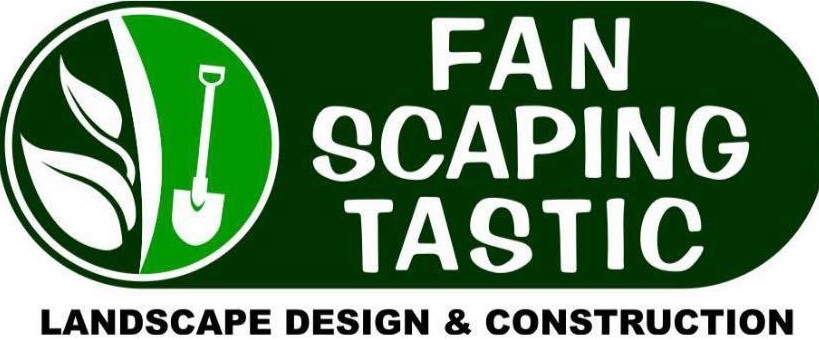
Artificial Grass: All You Need To Know
Picture this: you have an evergreen field of crisp blades of grass in your backyard, and you never have to mow it. You don’t have to bother with the gallons of water natural grass demands for up-keep.
That image sounds too good to be true, doesn’t it? That’s because we’re talking about artificial grass: the new upgrade to brighten your lawns and make it last forever.
If you don’t know, this type of grass is a synthetic ground cover made to mimic real grass. It is so similar that it is hard to tell the difference between what’s real and what’s artificial. You might not even realize when you’re looking at a fake grass landscape.
It’s used widely in indoor sports stadiums, high school basketball courts, and the like. Nowadays, it has become an attractive outdoor option for turfs and lawns.
Australia is famous for its connection to nature. So, many people want to see lush greenery near their homes. But it is not a feasible option for everyone to maintain a real grass lawn.
Artificial grass has seen an upsurge in fans because of its cost-effectiveness, water-conserving benefits, and time-saving appeal.
Let’s discuss in detail what makes this synthetic turf such an appealing choice.
Benefits of Artificial Grass
Low Maintenance
Artificial grass is as low maintenance as one can hope for. That makes it a top tier option for busy lawn owners who want the lush greens to relax in but don’t have the time to care for it. With this, you can have the epic turf of your dreams without any fatigue.
Can Customize It However You Want
The color and sizes of the blades are selectable, making it an excellent lawn beautification product. And since it is UV stabilized, you don’t have to worry about picking out yellowed or withered blades. Weather conditions will not tarnish its beauty.
The elegant emerald or bright lime colors of artificial grass will stand firm against heavy rain and sweltering sunshine. And it will do so, year-round!
Since it is highly customizable, you can make it fit your house’s exterior decorations for enhanced beauty.
Cost-Effective
Overgrown grass problems won’t be an issue. The size will remain the same as when you bought it, as these blades won’t grow. So, there’s no need to mow or feed artificial grass. It will always seem brand new.
That makes it an extremely cost-effective option compared to natural grass. The initial investment is a bit higher but long-term, you will be saving money because artificial grass is significantly longer lasting. It doesn’t require a lot of upkeep either.
There’s no need to hire landscapers to maintain your lawn or buy equipment to care for it yourself. Pesticides, fertilizers, weed control- all will become hassles of the past.
Environmental Benefits
There are environmental benefits to artificial grass. Natural grass needs gallons of water on an annual basis. But none of that is necessary for this synthetic flooring.
For people living in areas struggling with low water utilities or droughts, this is a great option. You will be able to save a lot of money on monthly water bills for grass.
Safety
It’s also a safer alternative. The reason for this is that the air around natural gas can become polluted due to pesticides and fertilizers. Whereas inhaling the air above a synthetic turf has negligible health risks.
A Few Drawbacks to Consider
While it’s a superior choice in many ways, it does come with some disadvantages.
Artificial grass tends to absorb and retain a lot of heat from the sun. So, at times, it can feel hot and uncomfortable to the touch. Synthetic grass is permeable to liquids but not solids. For this reason, pet owners and families with children often give mixed reviews about outdoor installations.
Luckily, in Australia, a variant known as ‘cool grass’ is more prevalent. We have strict safety standards that require the materials used in synthetic turfs to be free of harmful chemical toxins.
Instead of the usual nylon, different, landscapers use different heat-resistant fibers in Australia.
Another issue that may present is that the natural soil underneath can be affected by the carpeting due to the weight and lack of sunlight. So, the area needs to be prepped before installation with some base materials.
So, let’s dig a little more into these base materials.
What is best to put under artificial grass?
A base for your synthetic grass will reduce the slumping of soil and improve its drainage capabilities.
For the installation of the grass carpet, you will need to remove the existing soil and lawn. And if possible, uninstall the irrigation system. Otherwise, capping off sprinklers will also work.
The following bases work best underneath the synthetic grass flooring:
- Dolomite sand
- Quarry rubble
Dolomite sand is for both standard use and high traffic areas. After space has been created, the site is filled with dolomite sand. This is the part that goes directly under the grass carpet.
Quarry rubble is for extra protection in high traffic areas. Before pouring the dolomite sand, use a rubble base.
What is the life span of artificial grass?
Artificial grass has a life-span of 20 years. Based on the traffic density within the region, it may last even longer.
Throughout this lifetime, it will remain low maintenance without discoloration or flattening of the blades.
Conclusion
Artificial grass is a savior for the lax lawn owners.
It provides all the perks of natural grass with none of the backaches that come with mowing. We see its versatile usage, from indoor golf courts to outdoor turfs.
It makes the ‘forever evergreen lawn’ of your dreams possible. It’s long-lasting, safe, and it will never wilt. The high customizability means you can attain your favorite shade of green to wake up to in the morning. Rain or sunshine, the luxuriousness will never fade.
We hope you could find all your answers about synthetic turfs in our guide.
If you are interested in learning about another low maintenance grass option for lawns, check our article on Palmetto grass here.
Do you want to find out more about Australian garden design? Click here to learn more.
Are you having trouble with your small garden? Learn the tips and tricks to reinvent your small garden here.


Recent Comments